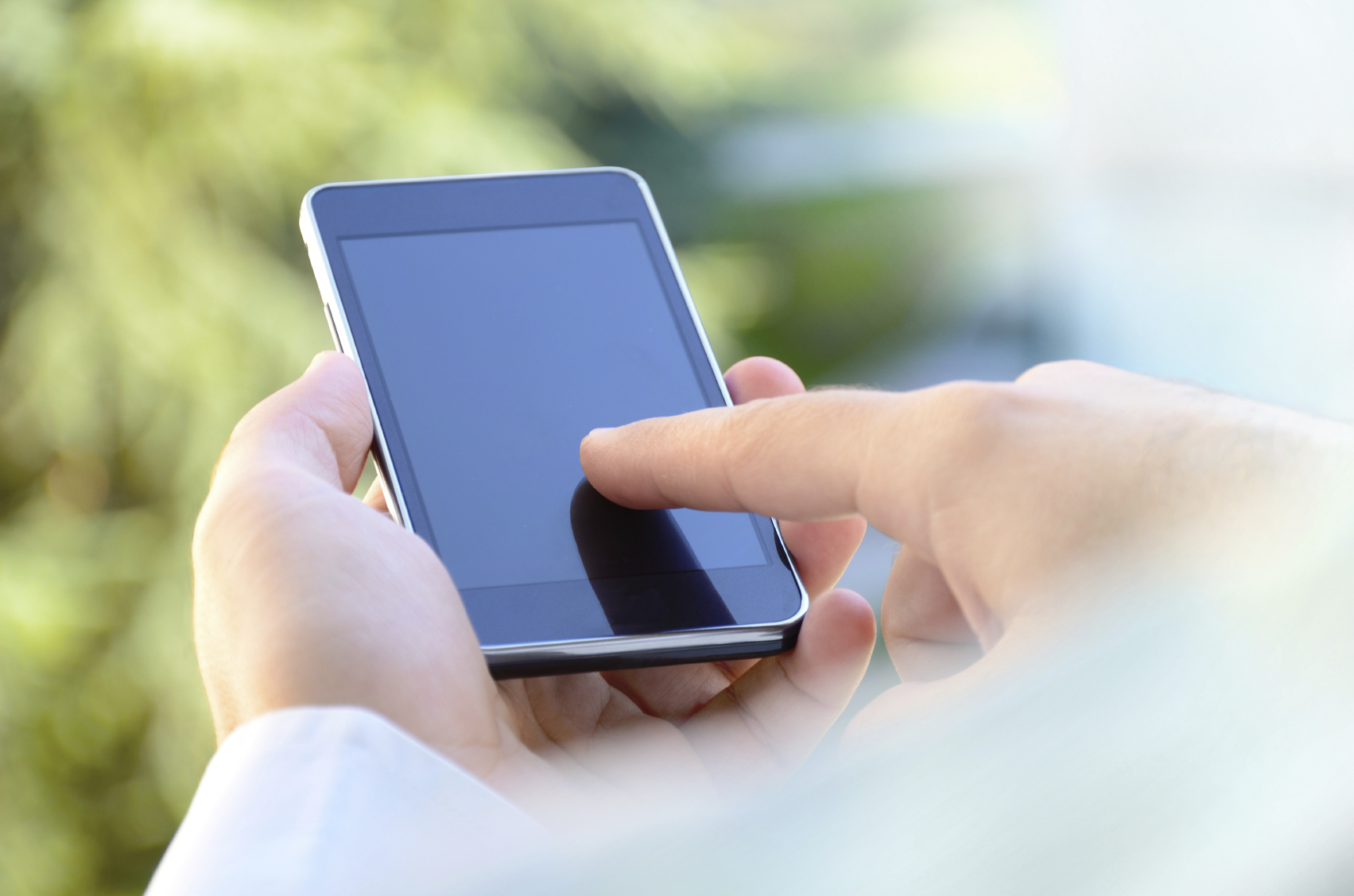
BUYING a second-hand phone online may seem like a good way of saving cash.
However, as new research from mobile operator O2 shows, it can be a tricky business sorting out the bargains from the duds.
The study suggests that while sellers seem to be offering great deals, some of them may well turn out to be too good to be true once you get your package in the post – and that’s if the phone even turns up.
Out of 52 phones bought for the research from a range of classified and auction websites, seven were fakes and two never turned up.
In some cases, older phones had been put into new phone shells so they resembled popular devices and many did not match up to the way they had been advertised.
Around two out of three phones had been advertised with either the physical condition or performance stated in the advert being wrong.
As well as the physical condition of the phones being a cause for concern, some had not been wiped of all the data from their previous users.
Around 10% of phones in the study either had old customer data on them or content such as images and video that would not be suitable for children.
The study also found that only one in four of the phones bought online would pass O2’s “like new” test, which analyses a phone’s battery, audio, screen, interface and connectivity before restoring and reselling it.
So how can you avoid a “Del Boy” seller? Here are some tips that could be useful when buying a phone online:
- Buy from somewhere you can trust.
- Always see the product if you can. If you do decide to buy privately, try and meet the seller and examine the phone.
- Check that there is a way of complaining if something goes wrong.
- Look carefully at the advert images. Be wary of people using either stock images of the product or if they don’t show the phone from all angles.
READ MORE
Mobile operators urged to help customers prevent getting into debt through phone bills

Enjoy the convenience of having The Sunday Post delivered as a digital ePaper straight to your smartphone, tablet or computer.
Subscribe for only £5.49 a month and enjoy all the benefits of the printed paper as a digital replica.
Subscribe